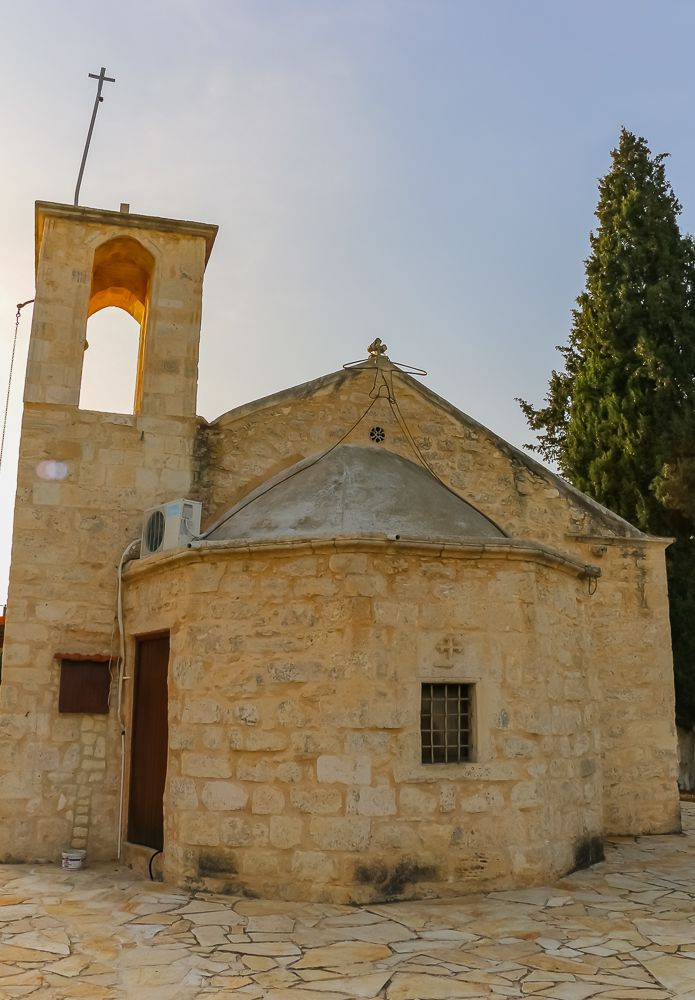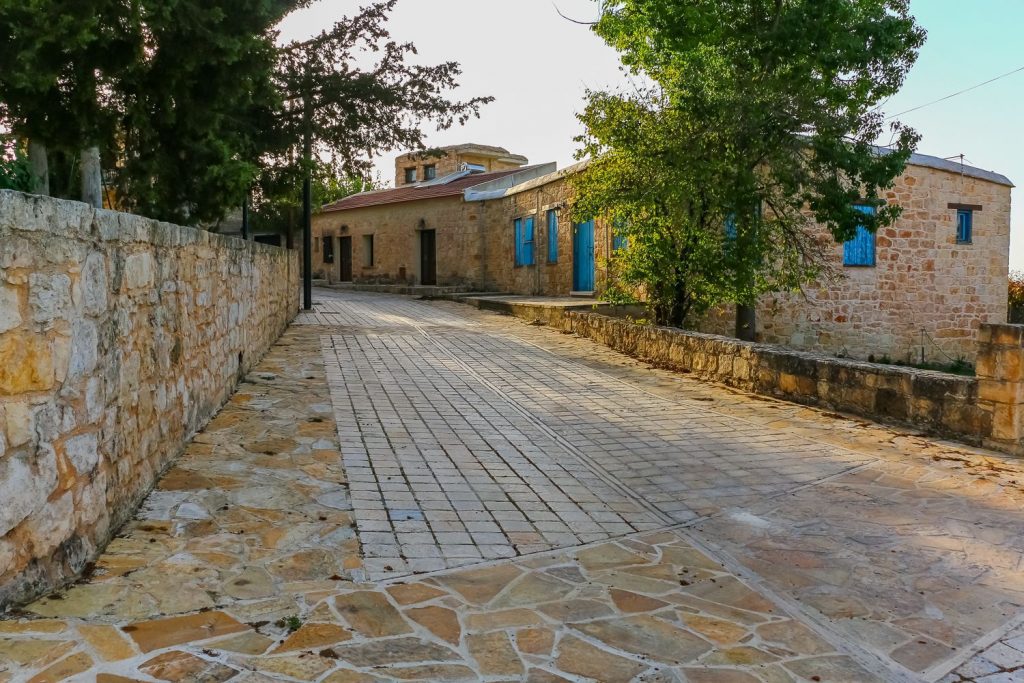Pano Arodes

Pano Arodes is a village in the province of Paphos in Cyprus and it is situated 27 kilometers northeast of the homonymous town, 89 kilometers northwest of Limassol and 172 kilometers southwest of Nicosia.
Built at an altitude of 600 meters on the plateau of Laona and in very beautiful natural surroundings at the edge of the Akama National Park, Pano Arodes is one of the ampelochoria (wine producing villages) of Cyprus. The traditional settlement with its stone-built houses with wooden windows and doors, among its narrow cobbled streets, counts few inhabitants, which allows him to enjoy absolute tranquility and offer its visitors a dreamlike walk through the village. For those who wish to live in a quiet natural environment, Pano Arodes also have some stone houses rented out as cottages and some small apartments that are offered for rent all year round to local and foreign tourists.
The village was a purely Greek Cypriot settlement inhabited by Greeks and Cypriots, as opposed to the Turkish-Cypriot Kato Arodes. According to the sources, the settlement dates from the times of the Medieval period under the name “Rhodes” because it was the property of the Knights of St. John of Jerusalem, whose headquarters were until 1522 on the island of Rhodes. Hence the present name of Arodes.
The most important attraction of the area is the central church of the village, an 18th century building located on the paved square and very close to the traditional café of the village. The church is dedicated to Agios Kalandionas, who is also the patron saint of the village and probably this particular church is the only one in the world dedicated to this saint. Agios Kalandionas is one of the 300 Alaman Saints who came to Cyprus in the 7th century after the raids of the Saracens in Palestine and Syria, which were subsequently conquered by them. The saint is celebrated on April 26th, while outside the village there is his holy water spring.
Agios Kalandionas came to Cyprus in order to become an eremite together with two others, Agios Agapios and Agios Varlaam, whose marble shrines (sarcophagi) are next to the church. However, according to the local tradition, the two sarcophagi belong to the Saint Agapitikos and the Saint Misitikos (from agapi which means love in Greek and misos that means hate). In the past, residents of the village who were in love came to the village priest, who took dust from the cover of the Saint Agapitikos sarcophagus, put it in holy water or food and gave it to them so they could offer it to their unfulfilled love. On the other hand, those who wanted to change their parents’ opinion about their marriage or even cause erotic aversion, they took dust from the shrine of Saint Misitikos.
Nevertheless, these two saints are honored in Kato Paphos along with Agios Xhorinos, in churches that are carved into the rock (Agapios is also honored in Inia). At the northeast corner of the “Fabrica” hill is the cave of Agios Agapitikos, which according to the local tradition, had to be visited secretly by someone in love, who would have to leave a few coins in the cave and get some soil to throw in their beloved’s drink.
Another religious monument in Pano Arodes is the small and stone built chapel of Panagia Chrysospiliotissa, in which there is also an ancient cave.
The community’s Hero Monument is the busts of four fighters who gave their life to the EOKA liberation struggle against the British in 1955-59 (Iakovos Christodoulides, Charalampos Philippidis, Georgios Papaverkios, Dimitris Georgiou Touttoulou).
At a distance of 10 km from the village is Avakas gorge, the most famous in Cyprus. It is 2 km long and steep rocks on its two sides rise up to 80 meters high. In the vicinity are also many of the beautiful beaches of the island, such as the beach of Lara.











